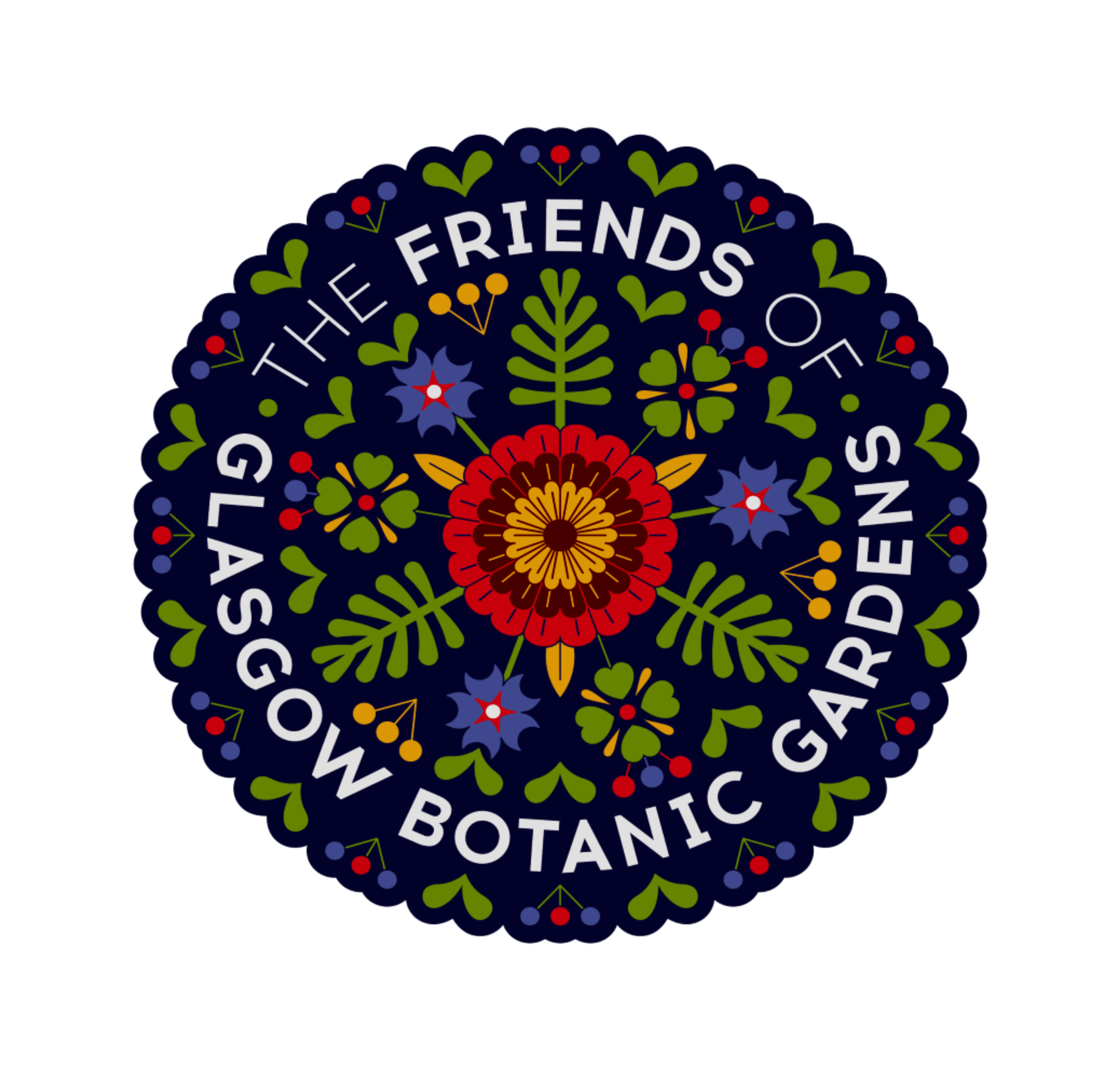An interview with Mary McGrath
Everyone loves a monkey puzzle. Araucaria araucana is a unique and popular ornamental conifer in UK gardens. But how did it get here? In 1795 Archibald Menzies (1754-1842) voyaged with Captain George Vancouver on HMS Discovery. Invited to dinner by the Governor of Chile in Santiago, he was served some large seeds for dessert, slipped five into his pocket and later planted them on board the ship. They germinated and he planted two trees in Kew Gardens in London.
It would puzzle a monkey to climb that tree!’
I like to end my summer tours on the mound where two distinguished mature specimens oversee the youngsters being nurtured in their protective playpens and tell that story. Imagine my surprise last August when a lady stepped forward and announced that she would tell us about Archibald Menzies because she was a Menzies too! (pronounced “Mingis” by the way.) Mary proceeded to entertain the group with her enthusiastic stories of her famous ancestor. I was delighted to be supplanted.

Archibald Menzies was born near Menzies Castle close to Aberfeldy. Mary, a Glaswegian and a proud member of the Menzies clan, is connected to the same family. Her grandfather was also called Archibald and came to Glasgow from the same area. She was able to inform me – as her working life took her all over Canada – that Archibald is better known there than in Scotland, his native land. She explained that Archibald is better known in Canada than here in his native land. There are streets named after him, and there is a bust of him on display in Vancouver’s VanDusen Botanical Gardens.
Archibald showed early promise helping his father in the castle gardens. According to Mary, a duke appeared one day and recommended him and his brothers to Edinburgh Botanic Gardens. At that time, the Botanic Garden was situated at the top of Leith Walk, and its Superintendent was John Hope, Professor of Botany at Edinburgh University. Hope recruited Archibald to collect Highland plants on behalf of the botanists Dr John Fothergill and Dr William Pitcairn, who were renowned for their private plant collections. He encouraged him to study medicine. Archibald joined the Royal Navy as ship’s surgeon and sailed the world, visiting North America, China, Tahiti, Hawaii, Australasia, New Zealand, the Sandwich Islands and South America. Not the least of his achievements was that none of the sailors died of scurvy at a time when the cause was little known. When they anchored close to conifer forests he made spruce beer which was known to alleviate scurvy, and when they ran out of fresh vegetables he encouraged them to gather wild celery. 1786 saw him appointed naturalist and surgeon to Captain George Vancouver on his round-the-world voyage on HMS Discovery. Hence his fame in Vancouver, Canada.
In the 18th century, medicine was closely allied with botany because so many remedies were derived from plants, and British naval surgeons often took the opportunity to collect plant specimens at their ports of call. Thus Archibald Menzies, chief scientist onboard, also skilled botanist and surgeon – to use a Star Trek analogy – was both Spock and Bones, an analogy which is not inappropriate, given they were boldly going where few (European) men or women had gone before.
Clad in fire-resistant bark, the monkey puzzle tree thrives on the volcanic slopes of the Andes. In Chile it is known as the Pehuén, a sacred tree whose spirit will provide nutritious seeds in times of famine. Regrettably this important tree is now listed as endangered on the International Union for Conservation of Nature (IUCN) Red List Category.

Archibald Menzies and his wife had no children. He is buried in Kensal Green Cemetery in London. The grave has been restored with help from the Menzies Clan Society. He is now commemorated in the Scottish Plant Collectors Garden at Pitlochry and also has a room dedicated to him in Castle Menzies, with a display about his life and work.
Menzies is commemorated in the scientific names of several of the plants he discovered, including Menziesia, a genus of shrubs in the Ericaceae, and the Douglas-fir Pseudotsuga menziesii, one of the most significant trees in western North America. The Pacific madrone, an evergreen tree and largest of the Ericaceae, was named Arbutus menziesii in his honour.
Thank you Mary McGrath for telling me about your family connections to the man.
Some further reading:
